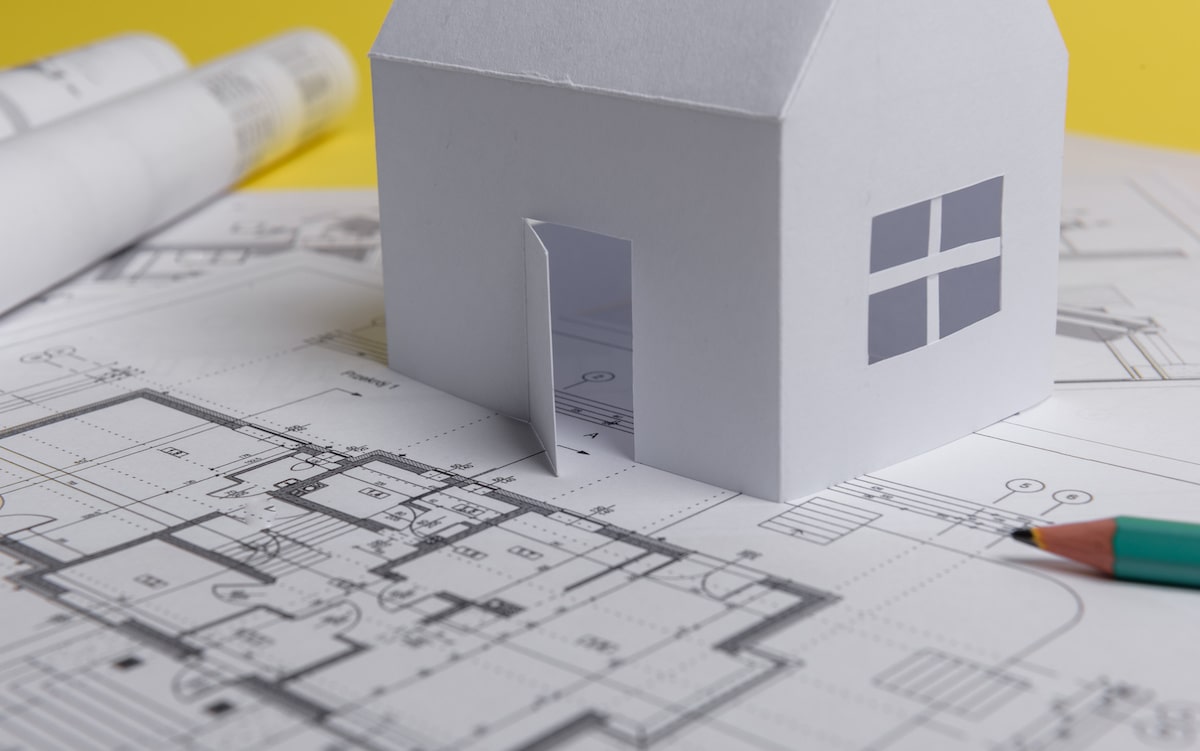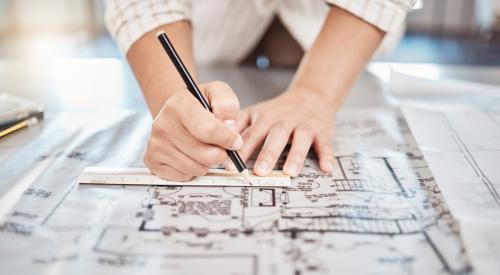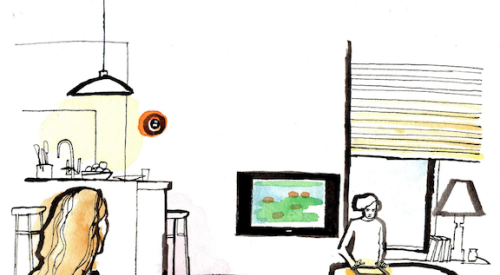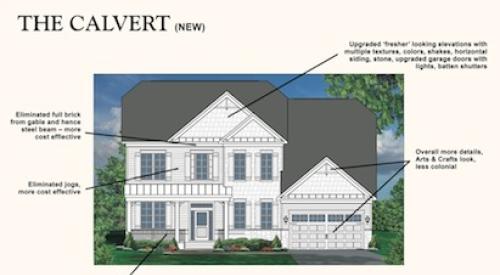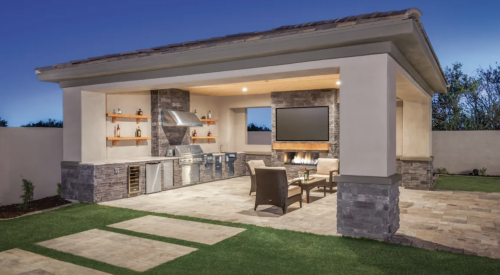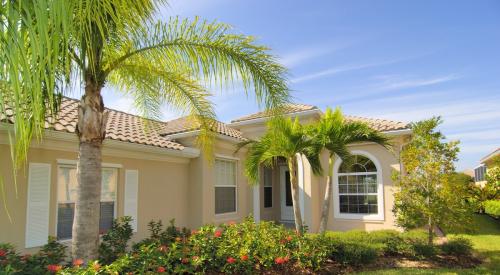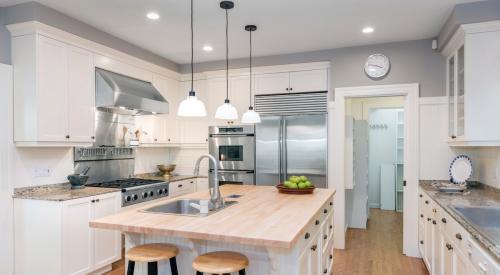Innovation in the housing sector has led to heightened demand for energy-efficient features and smart home technology, and while those new amenities are reducing utility costs and simplifying everyday life for U.S. homeowners, they’re also driving up housing costs, Housing Design Matters reports. In the past, home builders delivered stripped-down homes and left the decision to add upgraded finishes in the hands of the homeowner.
Rather than loading new homes with the latest smart tech, energy-efficient utility packages, and luxury features, Deryl Patterson suggests focusing on the essentials and providing affordability over high-cost innovation.
Let’s start with energy efficiency. It is not only a code, but it is also expected in our construction, doors and windows, appliances, etc. What about home automation? Of course, houses today must be Wi-Fi enabled, cat5 cable run to every room for TV, smart thermostats, and video doorbells. In our kitchens, dishwashers and built-in microwaves are expected – along with solid surface countertops and furniture grade cabinets.
For years we’ve talked about eliminating redundant rooms like the living room and formal dining room. But can buyers live without any dining room – electing instead for an oversized kitchen island? Many have chosen to forget the soaking tub and opt for a shower only – which saves both on construction cost and on square footage. Can the seldom-used guest room become the work from home space with a murphy bed?
Answering these questions ahead of time allows builders and designers to focus on maximize what the home buyer truly values, without bogging down the costs on what they don’t care about.
